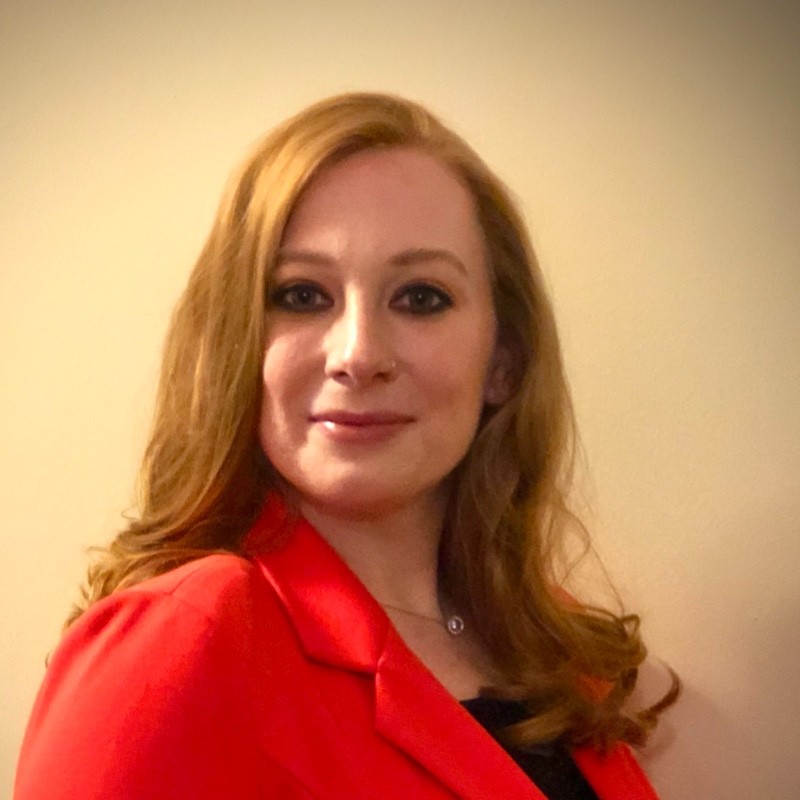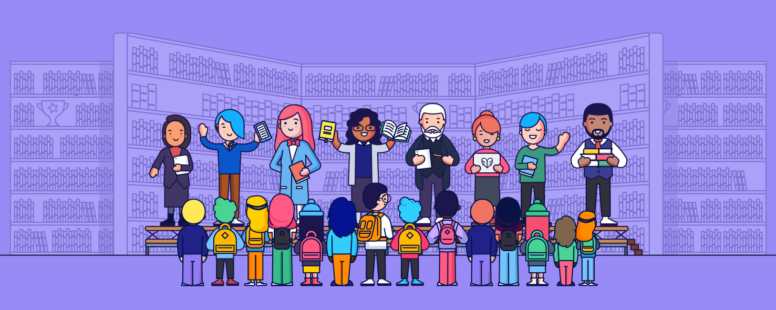What a Culturally Competent Bookshelf Can Look Like
Christophe Spy/ August 20, 2020/ 20-21 SY, Booklists, Culturally Relevant, eBooks/ 0 comments
Building a Culturally Competent Bookshelf
It is time to reevaluate our current reading lists, unit novels, and our bookshelves as we embark on this new school year. Teachers have a responsibility to purposefully find and display inclusive texts right into the top of class reading lists, posts on educational-based social media feeds, and sought after independent reading displays. This year marks so many changes on how school is being redefined for our students, not just as it relates to in-person or hybrid/online learning, but also cultural exigencies that are compelling us to think about literacy in education. In continuing our previous conversations about how teachers can make literature more accessible for our students, we will now investigate ways to provide culturally competent literature to our learners. The problem in providing our students with literature selections that are authentic and identify-affirming lies within the fact that multicultural literature is grossly underrepresented in our libraries. In fact, the American Library Association completed a study of literature diversity within US libraries and found that for every 90 books by white authors with white characters, only 10 are written by people of color with characters that are POC.
A 9:1 ratio isn’t an accurate reflection of the 46.8% of the population in the United States that identified as any race besides White according to the 2018 Census. These numbers tell us why we need to grow our bookshelf to accurately reflect the world around us, to battle unjust systemic racist policies, and to empower our students with literature that can help them make more informed decisions when navigating current complex contexts and social climates.
A 9:1 ratio isn’t an accurate reflection of the 46.8% of the population in the United States that identified as any race besides White according to the 2018 Census. These numbers tell us why we need to grow our bookshelf to accurately reflect the world around us, to battle unjust systemic racist policies, and to empower our students with literature that can help them make more informed decisions when navigating current complex contexts and social climates.
Readers that have access to varieties of genres, topics, themes, and settings, are more likely to learn about themselves, others, and the world around them. Nancy L Mullen explains that for students to grow into culturally competent adults, “…every student must have opportunities to learn about and understand the lives and views of people whose races, ethnicities, nationalities, religions, family structures, immigration status, abilities, communities, genders, and sexual orientations differ from their own,” (Mullen 2014). Having a variety of representative texts in front of students will challenge and motivate our thinking by not only improving personal life outcomes, but can begin the advocacy work of students wanting to improve life outcomes of others as well.
For this to happen, we have to have literature on our bookshelves that encourages readers to want to create a more equitable and peaceful world, and to do so, our bookshelves have to become the definition of cultural competence.
One mistake teachers often make is assuming that anything not white is culturally diverse. As Jose Oliverez tackles in his poem “Mexican American Disambiguation,” the way someone of a non-eurocentric culture is viewed depends on the viewer:
…American colleges call them
International students & diverse. my mom
was white in México & my dad was mestizo
& after they crossed the border they became
diverse. & minorities. & ethnic. & exotic.
The terms diverse, minorities, ethnic, and exotic have been given to peoples and cultures that aren’t the westeran standard of being. And instead of being compliments tied to wonder, they are most often felt as stings of insults. In the article “Why Calling Me ‘Exotic’ Isn’t A Compliment”, Jasmine Thompson explains the notion further, “It derives from the ideology that white is still the norm, and to be anything else makes you uncommon or rare.” As we are developing our bookshelves, teachers must be careful to not coin different types of literature as representations of diversity/minority/ethnic/or exotic peoples and cultures. Teachers have to name for students that these books are put in place for us to experience peoples’ real stories, histories, and realities that are often overlooked, ignored, or failed to be given space. Readers should indulge in these texts seriously and without scrutiny, for the purpose to learn more about oneself and about others.
With that in mind, let’s take a close look at four steps teachers can take in building a culturally competent bookshelf:
Step 1: Take Stock of What You Have Right Now
First and foremost, teachers need to find out what countries, cultures, themes, genres, and authors are already represented on their bookshelves. Begin to chart out what you currently have. After taking stake of whose stories are being told, examine next who is telling the stories. Even if the writing and content is about a non-western culture, many times the authors represented are writing with a western lens that may not be entirely authentic or accurate (which, by the way, can make for an excellent writing prompt).
After you’ve finished, tally through to determine which of these categories is most represented and is readily available for your students. Ask yourself critical questions such as “Why are these types of texts most common in my library?” and “How was I encouraged to have these titles on my shelf?” Once you’ve uncovered what you have and why, you are ready to begin building a more inclusive resource for your students.
Step 2: Determine Which Voices Are Underrepresented
Once you’ve finished mapping out what literature you currently have, look critically to find out which types of cultures, authors, protagonists, settings, and themes aren’t available to your students. Add a new category to your tally sheet of the types of texts that aren’t represented, written by authors that aren’t given space to be heard. Compare this with your student makeup. Teachers want to be sure that they have a selection of texts that represent their students, but also a large collection of texts that represent other cultures students may be unfamiliar with. This exercise is critically important, because limited visibility into culture and background causes readers to decontextualize people’s realities, histories, and truths.
As teachers, we must move beyond identifying just one particular country or culture in which we provide representation. If we want students to read about a young girl coming of age in India, then the author should be someone that came of age in India. This isn’t disregarding other authors that have context and personal knowledge of the subject, this is just making room for those authors whose voices aren’t being heard.
Step 3: Travel to Beginnings
A strong way to begin bolstering your library is to traverse across times with some ancient classics! I’m not talking about the kind you find on popular lists, but instead about different cultures’ beginning writings: epics. Ancient Sumer’s “Gligamesh”, Old Mali’s Sundiata warrior in “Sanakhou”, India’s “Mahbharata”, or Persia’s “Shahnameh”. Old epics are ways for our students to explore how technological advancements, first writings, and current cultural practices were actually founded by non-western cultures, which is an important learning for students to truly see their place in this world. Many of these texts may be hard to come across, so utilize the book search option in Glose for Education and add the texts to your classroom or reading list.
When we read literature that describes the beginnings of different cultures we learn more about ourselves. These types of literature are under represented, and many students never have an opportunity to read them within any school structure. Teachers that provide these texts in front of students are empowering young readers to grapple with the dynamics of their own cultures, which is a powerful and enriching experience for all.
Step 4: Capture Current and Speculative Times
Now that you’ve looked to the past for inclusive inspiration, you can build up texts representative of our current social climate. Take an anti-discriminatory approach to finding genres, authors, and settings showcasing current themes that are hot topics students relate to or need to begin to relate to. Try finding Pacific Islander historical fiction, LatinX poetry and Indian thriller novels. Having a bookshelf full of ways that expose how multiple cultures are relating social and political currents of modern times help to build resilient and empathetic youth.
And please don’t forget about speculative fiction! Another one of the largest underrepresented genres of literature is speculative fiction authored by Black women. Kindred and Fledgling by Octavia Butler, Nisi Shawl Everfair, and Nala Hopkinson’s Brown Girl In The Ring provide voice to those overlooked and under heard. M. Asli Dukan, creator of “Invisible Universe”, a documentary showcasing the influential role of African American’s have had on speculative fiction, explained her purpose in finding a better way to love this genre, “Images of people who looked like me weren’t exactly there and some of the images of black people or women in these films that I loved were questionable.”
As teachers, we are responsible for providing students with access to multicultural literature. When we do so effectively, we begin to dismantle biased lenses and harness empathy, something our students so desperately need to see in the world. School is where teachers can work on this growth as it may be the only place where students have access to free books and facilitators that can push thinking beyond defining different cultures and experiences as ‘exotic’ and ‘diverse’. When students have access to a culturally competent library, they are provided fundamental exposure that will lead them closer to being more informed about the world and their own exceptional capabilities.
Now that we have our needs defined, it is time to build! Glose for Education has over one million titles within its database that teachers can search to discover titles of all types of texts that support growth during our current social climate. From the ancient classics and speculative fiction titles mentioned here, to professional development literature for ourselves, Glose is an asset in contextualizing the role educators play in becoming non-complicit participants in this work. Get into Glose for Education and create a classroom, curate a multicultural bookshelf for your students and continue to join us as we work relentlessly to build up your students through social and interactive reading!

About the Author
Samantha Reichard serves as Lead Real Time Teacher Coach for Center City 1 Learning Community in Charlotte, NC, serving as a mission-critical resource for 29 inner-city and Title I schools in the Charlotte Mecklenburg School District. After graduating from the State University of New York at Fredonia, Samantha began her teaching career at East Union Middle School in Union County, NC as an eighth-grade English language arts teacher. After two years, she moved to Charlotte, NC and served as a sixth- and seventh-grade language arts teacher for five years before becoming a multi-classroom leader and real-time teacher coach. Following that, she worked on expanding the model of Multi-Classroom Leader and Real-Time Teacher Coaching (RTTC) for four years at Ranson IB Middle School.
